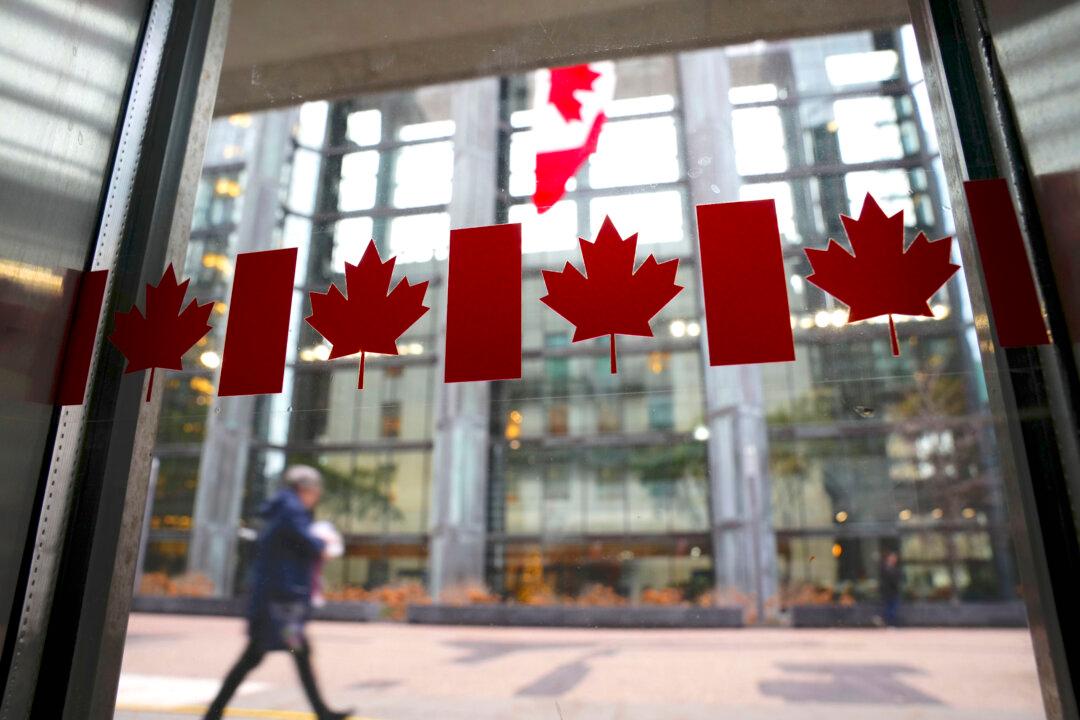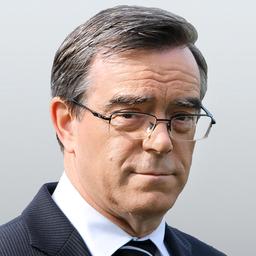Commentary
We are saved. Forget people shooting up Jewish schools and the feds shelling out some $50 billion annually on debt exceeding $1.2 trillion. The Bank of Canada will make a rate announcement on June 5. Having read the tea leaves, split the shoulder blades, and perused the thesaurus for “vague yet reassuring,” they will fine-tune the economy as always.





